Table of Contents
Jerk Seasoning History & Cultural Significance
Jerk seasoning is a culinary tradition deeply rooted in Jamaican history and culture, originating from the indigenous Taino people and later refined by escaped African slaves (Maroons) in the 17th century. The word "jerk" comes from the Spanish term "charqui," meaning dried meat, but the cooking technique evolved into a unique method of slow-smoking meat over pimento wood (allspice tree wood) with a complex spice blend.
This cooking technique was developed as a preservation method, with the spice blend acting as both flavor enhancer and natural preservative. Today, jerk seasoning represents Jamaica's cultural identity and has become a global culinary phenomenon, celebrated for its distinctive smoky, spicy, and aromatic profile.
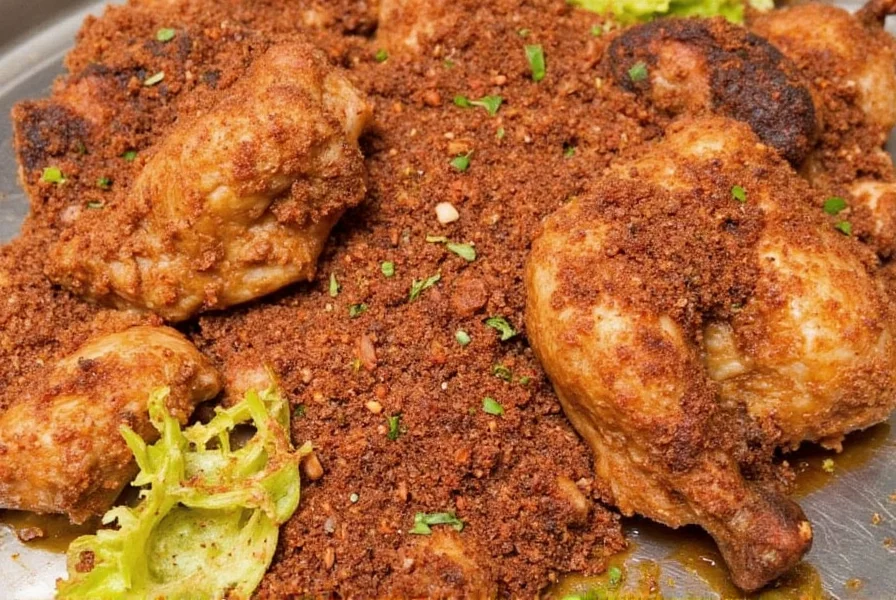
Authentic Ingredients in Jerk Chicken Seasoning
Authentic jerk seasoning contains a precise combination of ingredients that create its signature flavor profile. While recipes vary by region and family tradition, these core components remain consistent across authentic Jamaican preparations:
| Ingredient | Role in Flavor Profile | Traditional Use |
|---|---|---|
| Allspice (Pimento) | Provides the foundational warm, peppery, and slightly sweet flavor. Considered the cornerstone of jerk seasoning. | Traditionally used as both spice and smoking wood (pimento wood), giving jerk its distinctive smoky character. |
| Scotch Bonnet Peppers | Contributes fruity heat and complex flavor notes beyond simple spiciness. The primary source of heat. | Often roasted before grinding to enhance flavor complexity and reduce raw pepper bitterness. |
| Thyme | Adds earthy, herbal notes that balance the heat and richness of other ingredients. | Fresh thyme is preferred in authentic Jamaican recipes for its vibrant flavor. |
| Garlic | Provides pungent depth and savory complexity that enhances the overall flavor profile. | Traditionally crushed with a mortar and pestle to release maximum flavor. |
| Onion | Adds subtle sweetness and helps bind the seasoning together. | Used in both fresh and dried forms, depending on the recipe. |
| Cumin | Contributes nutty, smoky undertones that complement the allspice and peppers. | Often lightly toasted before grinding to enhance its aromatic qualities. |
| Black Pepper | Provides sharp, peppery bite that lifts and enhances other flavors. | Freshly ground black pepper is preferred for maximum flavor impact. |
| Salt | Essential for bringing out natural flavors and enhancing the overall taste experience. | Sea salt is traditionally used for its mineral content and cleaner taste. |
| Brown Sugar | Adds subtle sweetness that balances the heat and creates a caramelized crust when cooking. | Used in marinades to help create the characteristic "jerk" crust on grilled meats. |
| Nutmeg | Provides warm, sweet-spicy notes that complement allspice and enhance complexity. | Used sparingly in authentic recipes to avoid overpowering other flavors. |
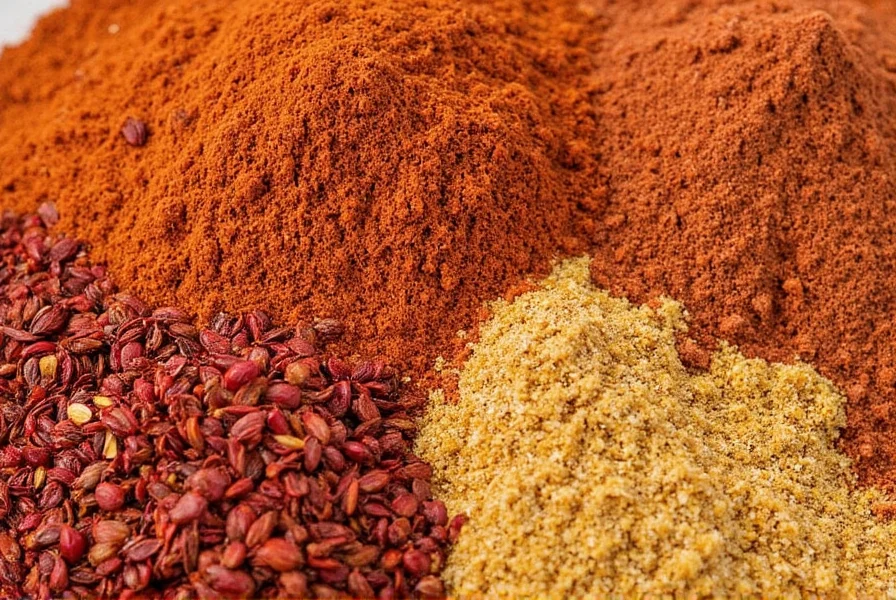
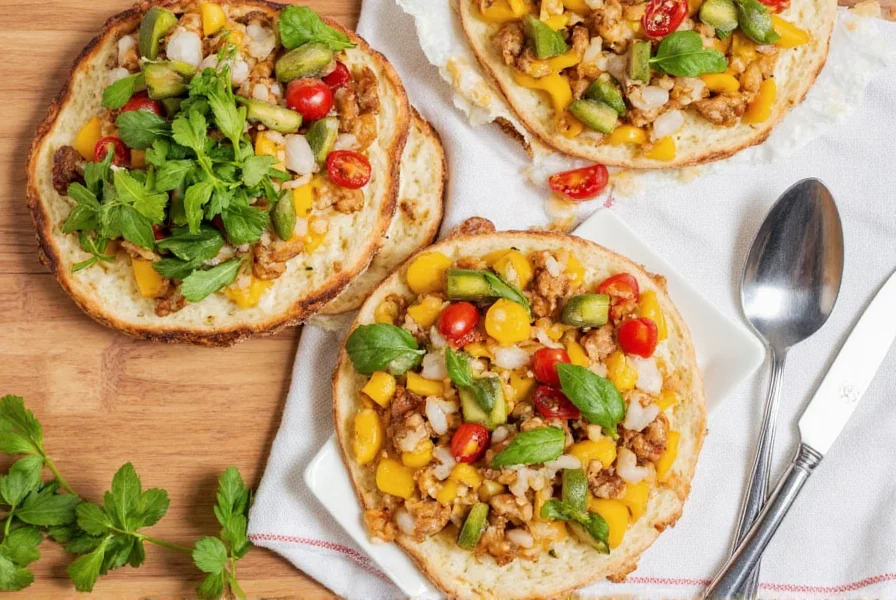
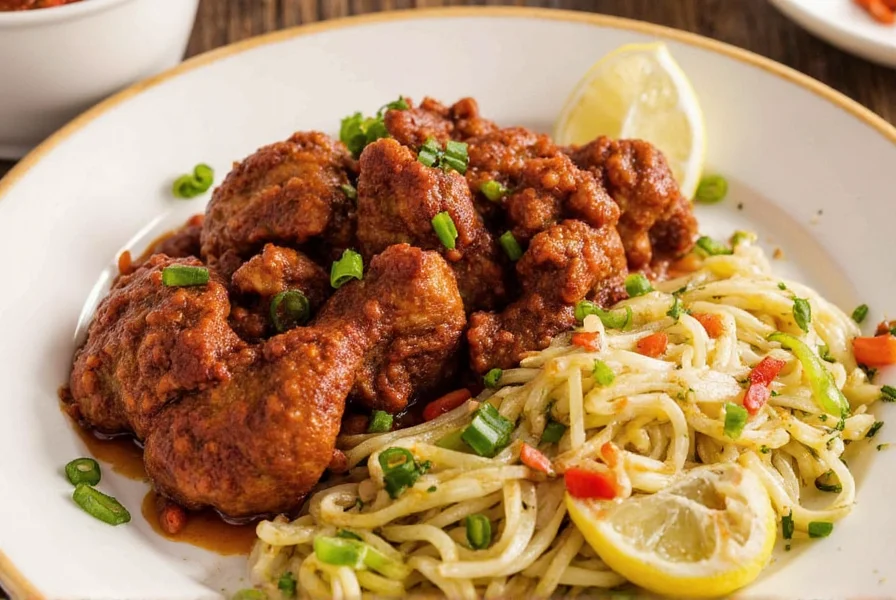
Traditional Jamaican Jerk Preparation Methods
Authentic jerk preparation involves more than just the spice blend - it's a complete cooking technique that has been perfected over centuries. The traditional method includes:
- Pimento Wood Smoking: Using wood from the allspice tree (pimento wood) for smoking, which infuses the meat with distinctive smoky flavor. This is the key to authentic jerk taste.
- Marinating Process: Meat is typically marinated for 12-24 hours in a mixture of the spice blend, vinegar, citrus juice, and other liquid ingredients to allow flavors to penetrate deeply.
- Low and Slow Cooking: Traditional jerk cooking involves slow cooking over indirect heat at low temperatures (225-250°F) for several hours to tenderize the meat while developing complex flavors.
- Wet Rub Technique: Authentic jerk seasoning is often made as a wet rub with ingredients like lime juice, soy sauce, and vinegar to help the spices adhere to the meat and create a flavorful crust.
For home cooks, you can approximate this traditional method by using a smoker or grill with pimento wood chips (or allspice berries as a substitute), marinating meat for at least 8 hours, and cooking at low temperatures for several hours.
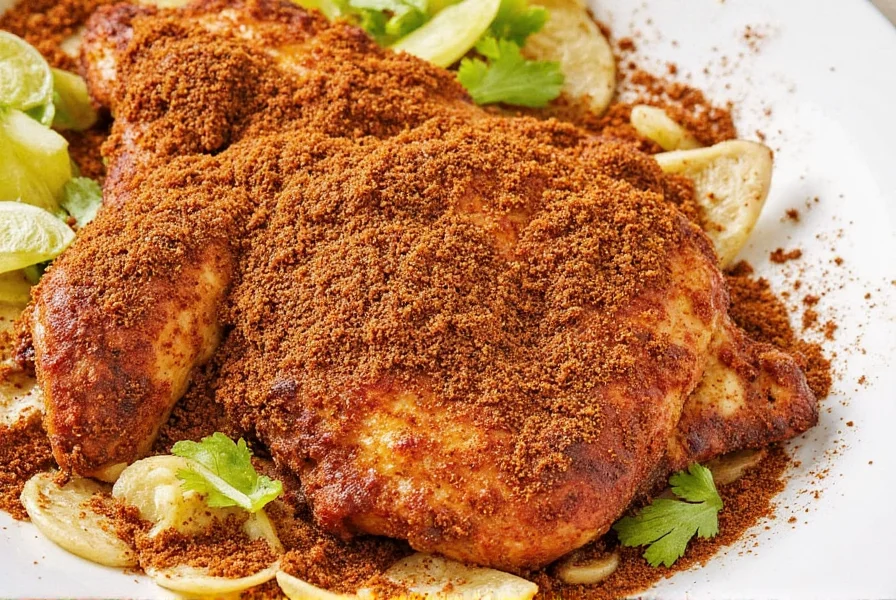
How to Use Jerk Seasoning Like a Pro
Whether you're using homemade or store-bought jerk seasoning, these professional techniques will help you maximize flavor:
- Marinating Time: For best results, marinate chicken for 12-24 hours. Pork can benefit from 24-48 hours of marination. The longer marination allows flavors to penetrate deeply.
- Temperature Control: Cook jerk chicken at 275-300°F for 1.5-2 hours until internal temperature reaches 165°F. Higher temperatures will dry out the meat.
- Smoke Application: If using a grill, add pimento wood chips or allspice berries to create authentic smoke. Soak wood chips for 30 minutes before adding to the grill.
- Basting Technique: Baste with marinade every 20-30 minutes during cooking to build layers of flavor and prevent drying.
- Resting Period: Let jerk chicken rest for 10-15 minutes after cooking to allow juices to redistribute throughout the meat.
For a complete jerk meal, serve with traditional Jamaican sides like rice and peas (cooked with coconut milk), fried plantains, and a cooling cucumber salad to balance the heat.
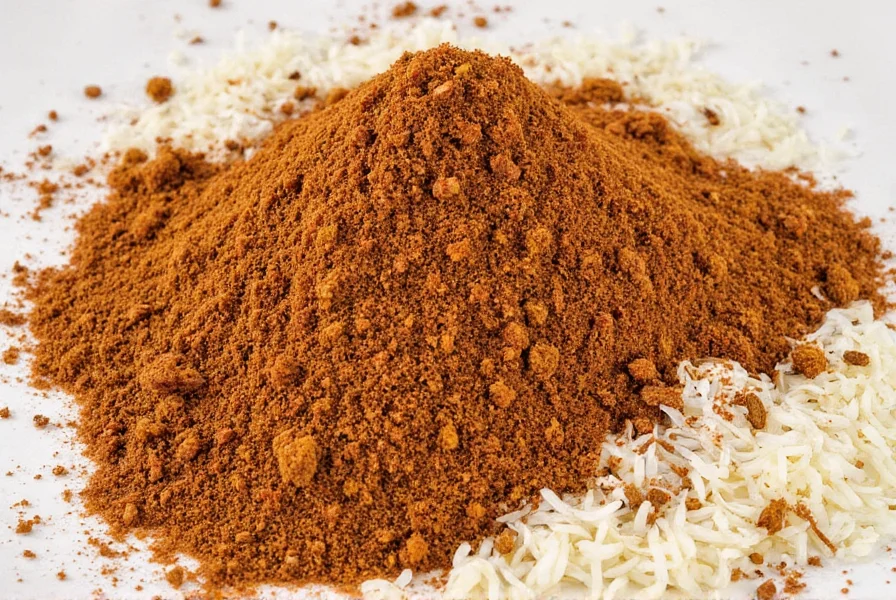
Buying Guide: Choosing Authentic Jerk Seasoning
When selecting commercial jerk seasoning, look for these quality indicators:
1. Island Spice Jerk Seasoning
Authenticity Check: Contains allspice as the first ingredient, scotch bonnet peppers listed clearly, and no artificial flavors or colors.
Best For: Beginners wanting authentic Jamaican flavor without complicated preparation.
How to Use: Mix with lime juice, soy sauce, and oil to create a wet rub. Marinate chicken for at least 8 hours before grilling.
2. Jamaican Jerk Rub by Searzall
Authenticity Check: Contains smoked paprika (to mimic traditional smoking process), authentic scotch bonnet pepper flakes, and no fillers like wheat or soy.
Best For: Grill masters who want consistent results with minimal preparation.
How to Use: Apply generously to meat and let sit for 1 hour before grilling over indirect heat.
3. Allspice & Thyme Jerk Seasoning by Gourmet Garden
Authenticity Check: Features fresh herb blends rather than dried powders, and clearly lists allspice and thyme as primary ingredients.
Best For: Health-conscious cooks who prefer natural ingredients without preservatives.
How to Use: Best for marinades - mix with fresh citrus juice and olive oil for a vibrant, fresh flavor profile.
Key Buying Tips: Avoid products with "natural flavors" without specification, artificial colors, or excessive fillers like corn starch. Authentic jerk seasoning should have a vibrant red-orange color from the peppers and allspice, not a dull brown.

Frequently Asked Questions
What gives jerk seasoning its distinctive smoky flavor?
The distinctive smoky flavor in authentic jerk seasoning comes primarily from cooking over pimento wood (allspice tree wood), which has been used for centuries in Jamaica. The allspice berries themselves also contribute smoky notes when roasted. Traditional jerk cooking involves slow smoking over wood fires, which infuses the meat with smokiness that complements the spice blend. Modern home cooks can replicate this by using pimento wood chips or adding allspice berries to their grill.
Is there a difference between jerk seasoning and jerk marinade?
Yes, there's a significant difference. Jerk seasoning typically refers to the dry spice blend, while jerk marinade includes liquid ingredients like lime juice, soy sauce, vinegar, or oil that help the spices adhere to the meat and penetrate deeper. Authentic Jamaican jerk recipes always start with the dry seasoning and then add liquid components to create a paste or marinade. The marinade allows flavors to penetrate the meat more effectively, while the dry seasoning is typically used as a rub for shorter cooking times.
What's the proper way to handle scotch bonnet peppers when making jerk seasoning?
When handling scotch bonnet peppers, always wear gloves to prevent skin irritation. Remove the seeds and membranes for less heat, or leave them in for maximum spice. Roasting the peppers before grinding enhances their fruity flavor and reduces raw pepper bitterness. For safety, avoid touching your face or eyes after handling these peppers, as they contain capsaicin which can cause severe irritation. If you don't have gloves, wash your hands thoroughly with soap and water immediately after handling.
Can I make authentic jerk seasoning without pimento wood?
While pimento wood is essential for truly authentic jerk flavor, you can approximate it with allspice berries. Add 1-2 tablespoons of whole allspice berries to your grill or smoker to create similar smoky notes. For indoor cooking, you can use a small amount of ground allspice in your seasoning blend and add a touch of liquid smoke (though this is not traditional). However, keep in mind that the complete jerk experience is difficult to replicate without the traditional pimento wood smoking process.
How long does homemade jerk seasoning last?
Properly stored in an airtight container away from light and moisture, homemade dry jerk seasoning can last up to 6 months while maintaining optimal flavor. If you've made a wet jerk marinade with fresh ingredients like garlic, onion, and lime juice, it should be used within 1-2 weeks when stored in the refrigerator. For best flavor, write the preparation date on the container. To extend shelf life, store in the freezer for up to 3 months.
What's the best way to balance the heat in jerk seasoning?
Authentic jerk seasoning balances heat with complexity rather than simply reducing pepper quantity. To balance heat while maintaining flavor: 1) Use fewer scotch bonnet peppers but roast them first to develop deeper flavor 2) Add a small amount of brown sugar or honey to counteract heat 3) Include more allspice and thyme to enhance complexity 4) Add a touch of citrus juice to brighten flavors without adding heat 5) For extremely sensitive palates, remove seeds and membranes from peppers before using
Conclusion
Understanding jerk chicken seasoning goes beyond knowing its ingredients - it's about appreciating the rich cultural history and traditional techniques that have shaped this iconic Caribbean flavor. From the indigenous Taino people to the Maroon communities who perfected the cooking method, jerk seasoning represents a culinary tradition that has stood the test of time.
Whether you're making your own seasoning or selecting a high-quality commercial product, the key to authentic jerk flavor lies in respecting the traditional ingredients and preparation methods. The perfect jerk seasoning balances heat, sweetness, smokiness, and aromatic complexity in a way that transforms ordinary chicken into an unforgettable culinary experience.
By embracing the history and technique behind jerk seasoning, you're not just cooking a dish - you're participating in a centuries-old culinary tradition that continues to delight food lovers around the world.
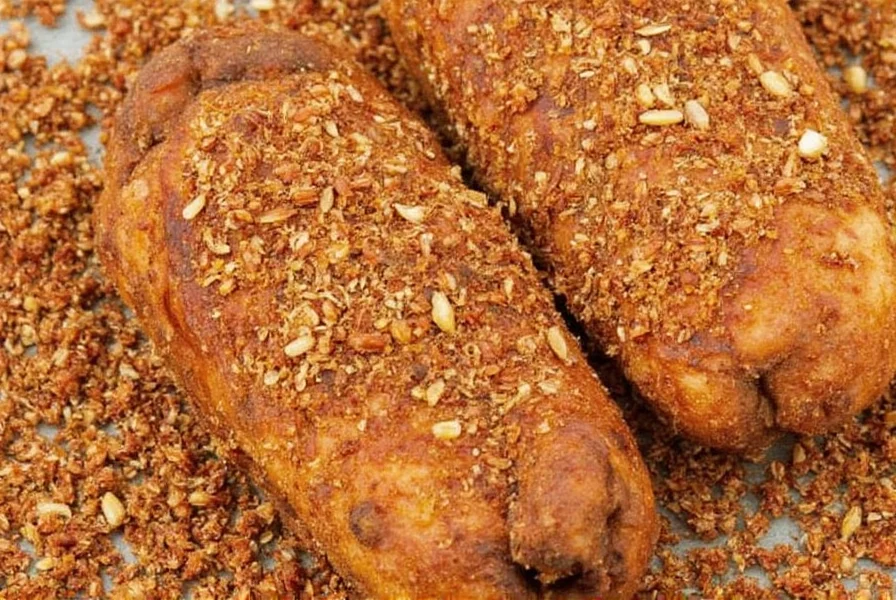

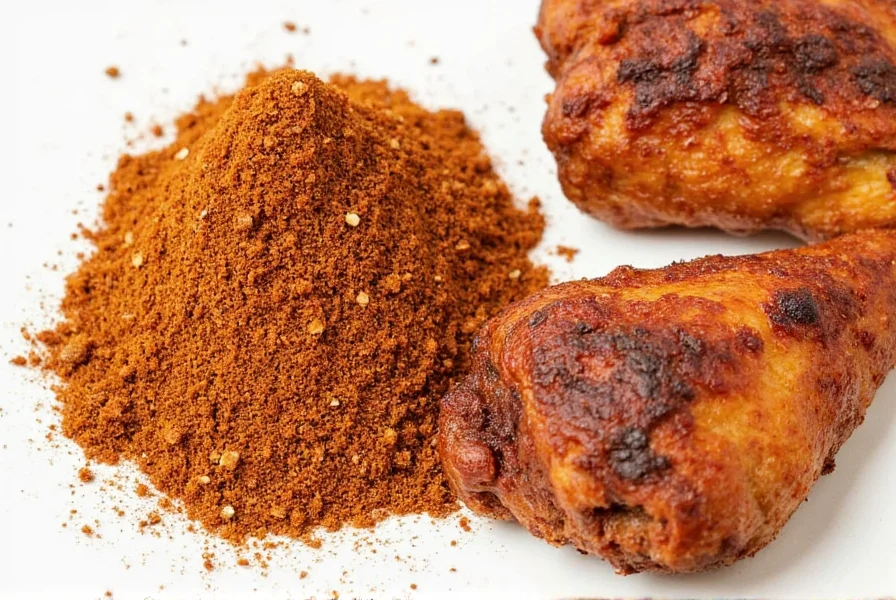









 浙公网安备
33010002000092号
浙公网安备
33010002000092号 浙B2-20120091-4
浙B2-20120091-4